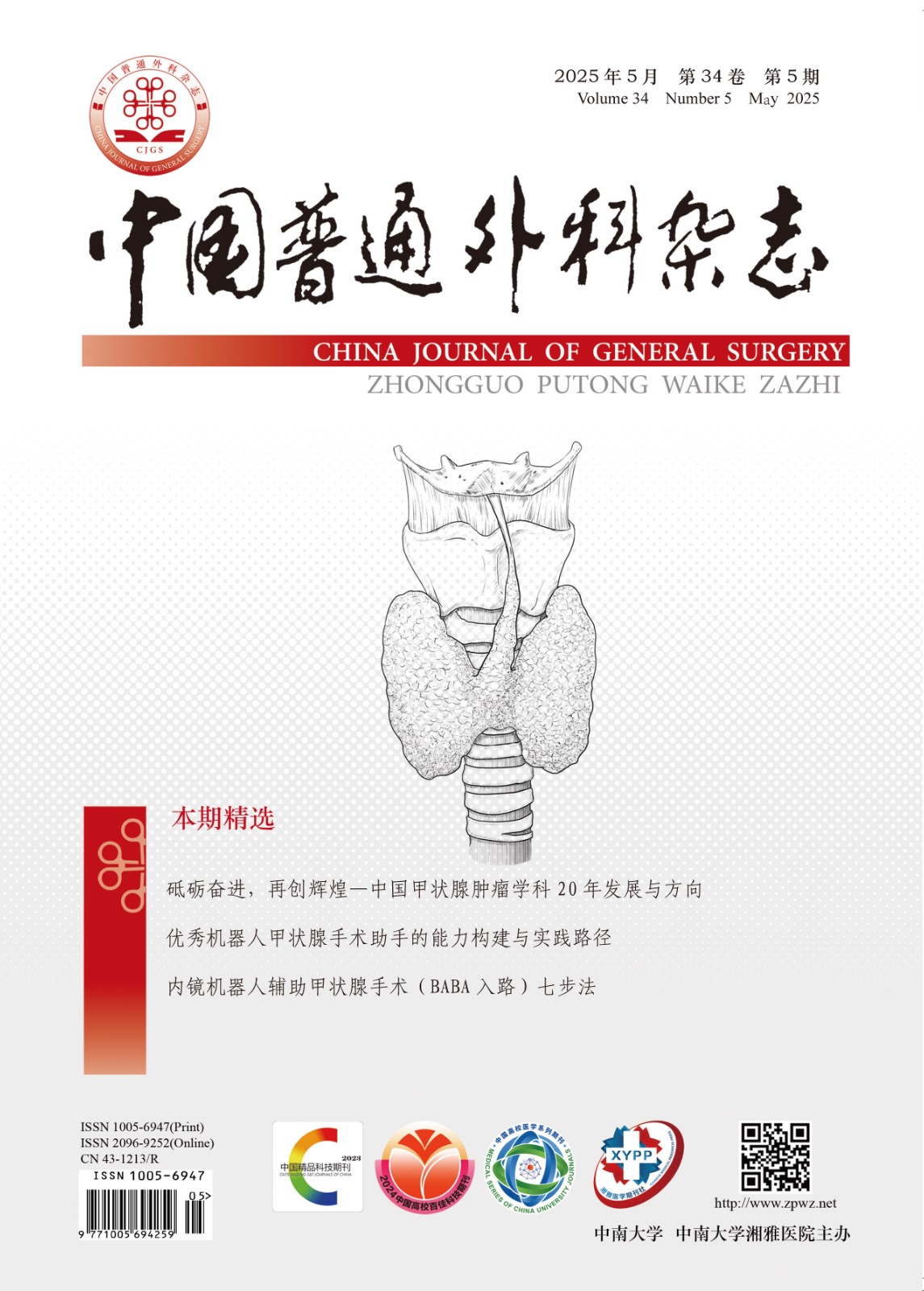Abstract:Objective: To investigate the appropriate management for acute limb ischemia (ALI).
Methods: The clinical data of 62 patients with ALI treated from March 2011 to September 2014 were analyzed retrospectively. The causes for ALI included acute arterial embolism or thrombosis, inflammatory vascular diseases, and aortic dissection, and all patients had varying degrees of ALI symptoms. According to the clinical categories of ALI and individual conditions, different treatments were performed respectively, which included open surgery (embolectomy, endarterectomy, patch angioplasty or arterial bypass), interventional operation (catheter-directed thromboysis, balloon dilatation or stenting), hybrid procedures or medication treatment alone.
Results: Treatment success was achieved in 48 cases (77.4%); 13 cases (21.0%) were subjected to amputation , among which, the amputation rate of those with inflammatory vascular disease was 77.8%, and 3 cases died (due to acute cerebral infarction, acute renal failure and heart failure, respectively). Fifty-five patients were followed up for 3 to 42 months, during which time, 33 cases had no noticeable symptoms and lived a normal life, while 20 cases still suffered varying degrees of intermittent claudication and numbness that required long-term medication for control, and 2 cases died due to cardiac or cerebral vascular events.
Conclusion: For ALI, early diagnosis and prompt treatment are critical, and appropriate selection of treatment modality should be the decisive step for obtaining the maximal efficacy.

